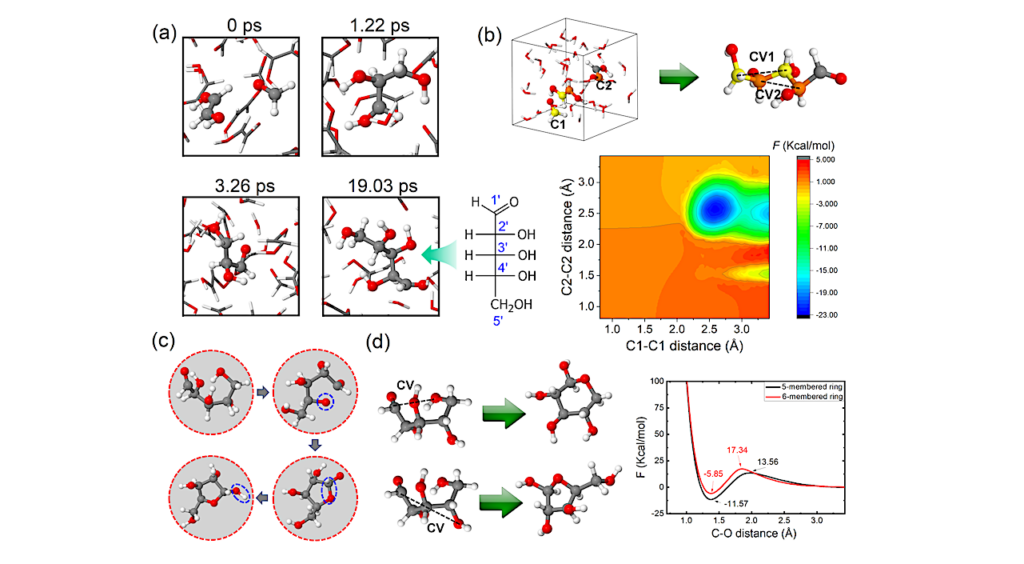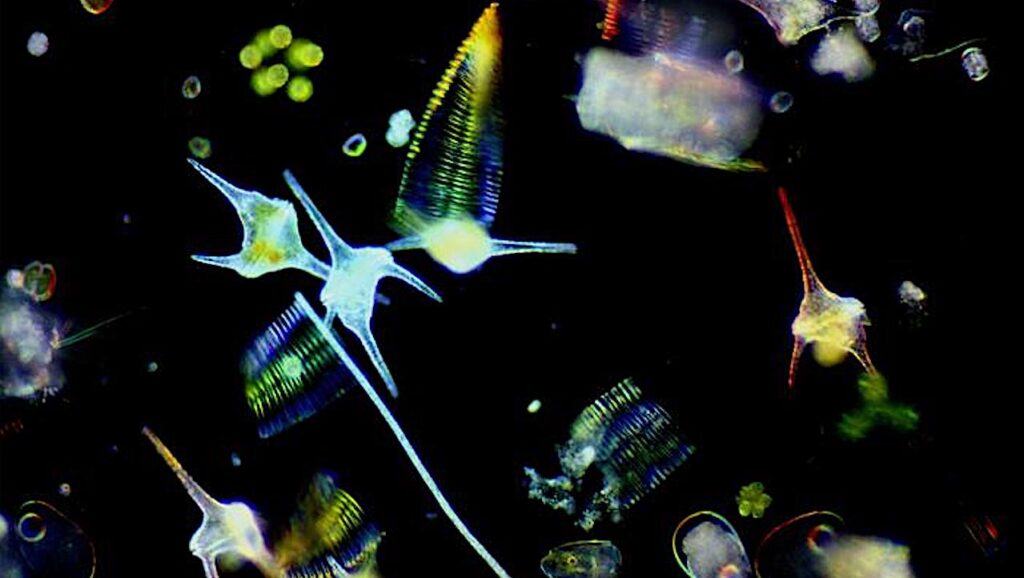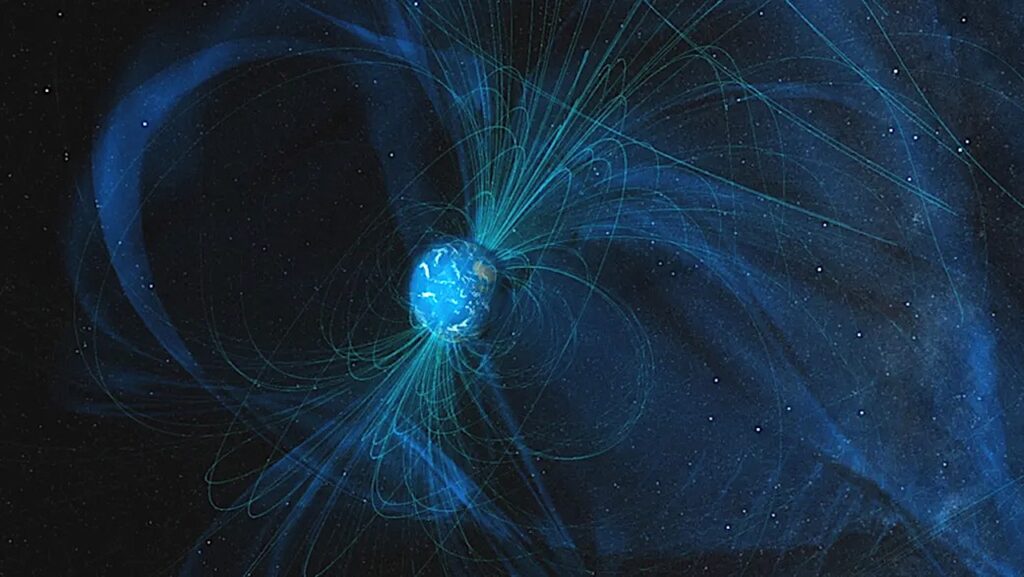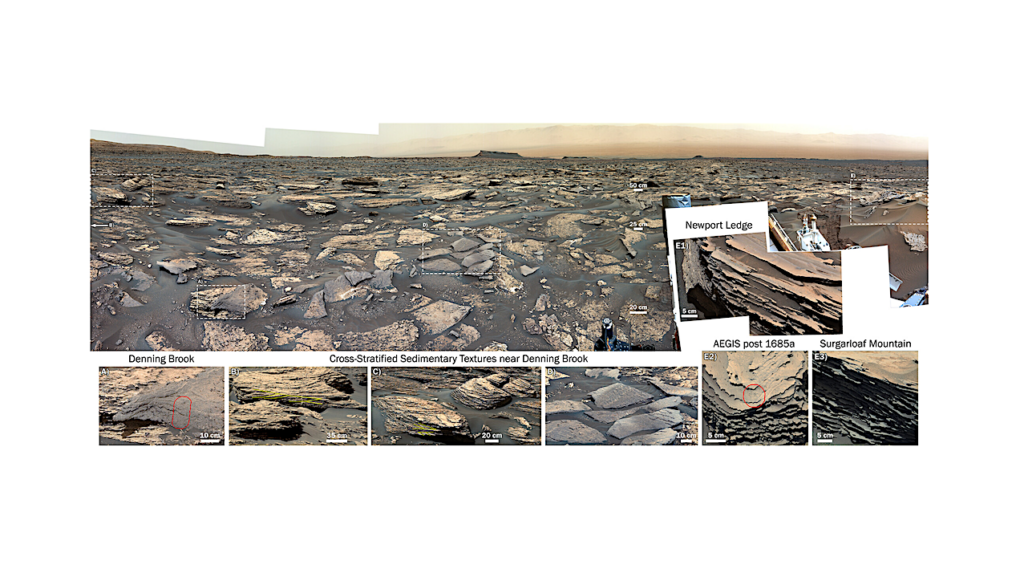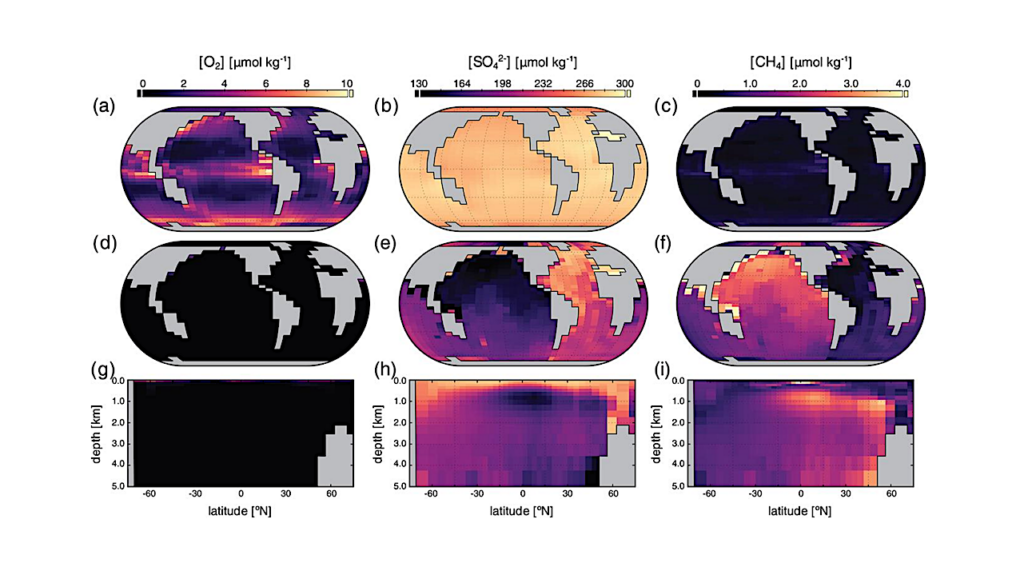Identification Of One Of The First Multicellular Algae Thanks To Its Chlorophyll Fossilized For One Billion Years

Researchers from the Early Life Traces & Evolution Laboratory (Astrobiology / Faculty of Science) at the University of Liège have discovered the first in-situ evidence of chlorophyll remnants in a billion-year-old multicellular algal microfossil preserved in shales from the Congo Basin.
This discovery, which is the subject of a paper published in the journal Nature Communications, has made it possible to unambiguously identify one of the first phototrophic eukaryotic organisms in the fossil record. This research opens up new perspectives in the study of the diversification of eukaryotes within the first ecosystems.
The emergence of photosynthesis is a fundamental step in the evolution of eukaryotes and therefore of life, as it has profoundly modified terrestrial ecosystems. Although molecular clocks (a technique used by biologists to date the temporal distance between two species from their common ancestor) predict this emergence during the Proterozoic (third Precambrian eon from -2.5 billion to -541 million years ago), scientists have found very few unambiguous microfossils of photosynthetic eukaryotes. The detection of metabolic by-products in situ in individual microfossils is the key to the direct identification of their metabolisms, but until now it has remained elusive.
A new scientific study conducted on Congo Basin fossils by Marie Catherine Sforna, a postdoctoral researcher at the Early Traces of Life Laboratory (ASTROBIOLOGY Research Unit / Faculty of Science) of the ULiège University, directed by Prof. Emmanuelle Javaux, has just provided a new methodology using fluorescence and synchrotron X-ray absorption to identify the phototrophic metabolism (relating to living organisms that derive their energy from light) of the first eukaryotes in the fossil record. Fossils preserved as carbonaceous compressions in shales from the Congo Basin in the Democratic Republic of Congo.
With collaborators from the Australian National University (Australia), the Commission for the Geological map of the world (France), the Swiss Light Source (Switzerland), the Synchrotron Soleil (France), the University of Lille (France), the UR FOCUS (Liège) and the Royal Museum for Central Africa (Belgium) researchers from the University of Liège have identified nickel-geoporphyrins, preserved in situ in the cells of a multicellular eukaryote that is about one billion years old: Arctacellularia tetragonala. “We identified these fragments as chlorophyll derivatives, indicating that Arctacellularia tetragonala was a phototrophic eukaryote, one of the first unambiguous algae,” explains Marie-Catherine Sforna. This new methodology, applicable to billion-year-old supermature rocks, provides a new approach to understanding the evolution of eukaryotic phototrophy during the Precambrian and the diversification of primary producers in early ecosystems.
Intracellular bound chlorophyll residues identify 1 Gyr-old fossils as eukaryotic algae, Nature Communications
Astrobiology,


